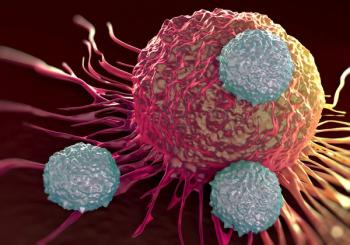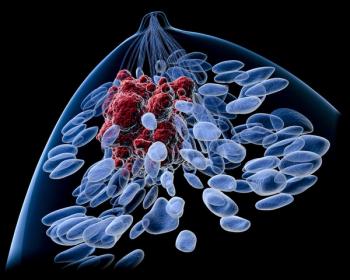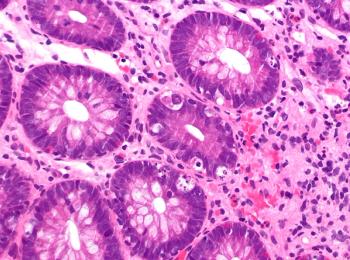
Oncology NEWS International
- Oncology NEWS International Vol 7 No 10
- Volume 7
- Issue 10
California Intervention Raises Consumption of Fruits and Vegetables
BETHESDA, Md--Nutrition scientists have a responsibility to translate their research into a message that "heads straight out the lab door and onto the breakfast table," said Jerianne Heimen-dinger, ScD, a research scientist at the AMC Cancer Research Center, Denver, Colorado.
BETHESDA, Md--Nutrition scientists have a responsibility to translate their research into a message that "heads straight out the lab door and onto the breakfast table," said Jerianne Heimen-dinger, ScD, a research scientist at the AMC Cancer Research Center, Denver, Colorado.
Speaking at the annual meeting of the American Society of Preventive Oncology (ASPO), Dr. Heimendinger described an intervention in California that raised daily consumption of fruits and vegetables among the states population by one-third.
The California team combined scientists, growers, marketers, and health department officials. Working under an NCI grant, the group sought to raise consumption from an average 2.5 servings a day (median, 3.4) to something closer to the FDA-recommended 5 to 9 servings.
The team proposed a strong scientific underpinning to the campaign, used behavioral science to urge changes from current to recommended behavior, and sought to measure the results of the intervention.
Off the Bottom Shelf
Their first objective was to promote public awareness of the campaign. Next, they worked to get the message to the local level: giving people 30-second sound bites to make fruits and vegetables visible in the home, not just on the bottom shelf in the refrigerator.
They involved everyone in the food chain: growers, packers, supermarkets, the media, community groups--even bagmakers. Licensing agreements standardized the use of fruit and vegetable logos. The industry used its advertising dollars to redirect consumer interest. Fruits and vegetables were presented as having no added fat or sugar, and recipes using fruits and vegetables were developed with 30% fat content or less.
Results, measured by randomized phone interviews and follow-up mailings, showed that fruit and vegetable consumption increased by one-third, adding almost a full serving to an individuals average daily consumption.
The increased consumption dropped off a year after the intervention, however.
The approach is now being integrated into the Cancer Information Service in California, which is developing a "Five-a-Day" intervention (encouraging people to eat five servings of fruit and vegetables each day). And the group is seeking to involve all of the states participants in developing a long range plan, not a one-time splash.
Dr. Heimendinger noted that the infrastructure for starting similar programs exists in every state, with the possibility of channeling interventions through schools, worksites, churches, and the governments WIC program (which provides nutritious foods to low-income pregnant women).
Articles in this issue
about 27 years ago
Panel Recommends Photofrin for Use in Late-Stage Lung Cancerabout 27 years ago
ODAC Panel Okays Nolvadex to Reduce Breast Cancer Riskabout 27 years ago
Evolving Role for Preoperative Chemo in Breast Cancerabout 27 years ago
NCI Sets Sail on a New Tack In the Stormy Seas of CAMabout 27 years ago
Opioid Antagonists Can Control Opioid-Induced Constipationabout 27 years ago
NCI Seeks New Technologiesabout 27 years ago
NIAID Collaborates With VaxGen, Inc. on Trials of AIDSVAXabout 27 years ago
Clinicians Often Fail To Provide Adequate Genetic Counselingabout 27 years ago
Networks Assist Community Oncologists in Research QuestNewsletter
Stay up to date on recent advances in the multidisciplinary approach to cancer.

















































































